The Ampurdan region is the main area in Catalonia with megalithic monuments. Usually located on top of a ridge with good views, these ancient burial remains are preserved virtually intact and are a testimony of a past even before the romanization. Today we visit the most famous one on the Costa Brava, the Cova d’en Daina, in the middle of Gavarres mountains.
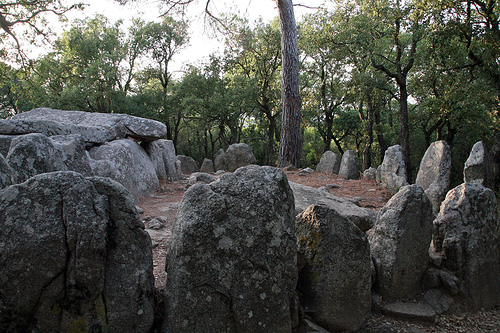
Cova d'en Daina, in Romanyà de la Selva, Girona, Costa Brava, Spain
Reaching Romanyà de la Selva is simple, since taking the road linking Llagostera with Santa Cristina d’Aro, we just have to take the good state road to the left that indicates Romanyà de la Selva village direction, up into the mountains. The monument is located about 650 meters from the center of town, in whose cemetery, by the way, is buried one of the writers of Catalan literature more universal Rodoreda, author of Diamond Plaza.
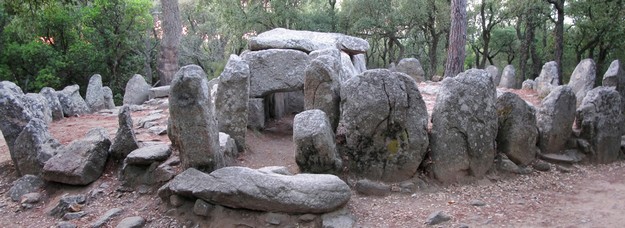
Scenic view of Cova d'en Daina, one of the most important monuments in Catalonia
The megalithic site is protected by a cromlech, a series of granite stones arranged in a ring of 11 meters in diameter surrounding the monument. The dolmen itself is 7.60 meters long by 1.70 wide. Its height is 1.50 meters.
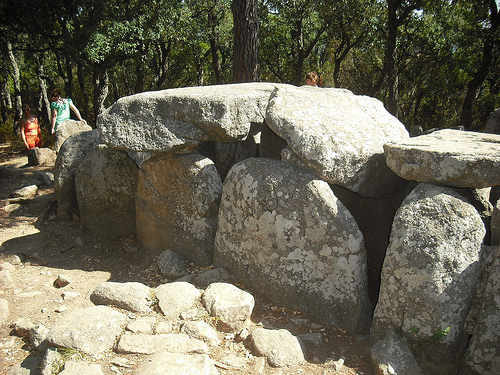
Cova d'en Daina megalith, in Romanyà de la Selva
Already during the XIXth century the former owner of the land began to investigate its contents, but it was in 1957 when excavations made by Cruañas revealed bones, teeth, about 7 arrowheads made with silex, collars pieces, fragments of knife and ceramic remains.
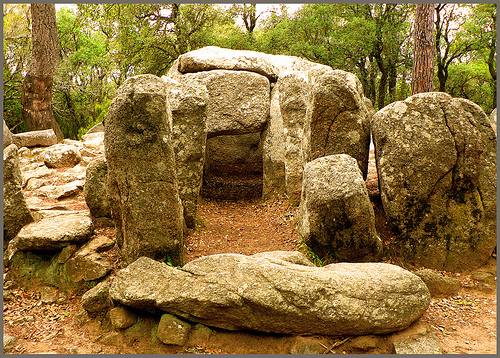
Archeological excavations, realised inside the monument, revealed important findings
The complex was declared a National Monument in 1931, and both by the appearance and by the nice location where it is (in the middle of a nice forest) family visit is interesting to discover an ancient relic open and available to everyone.
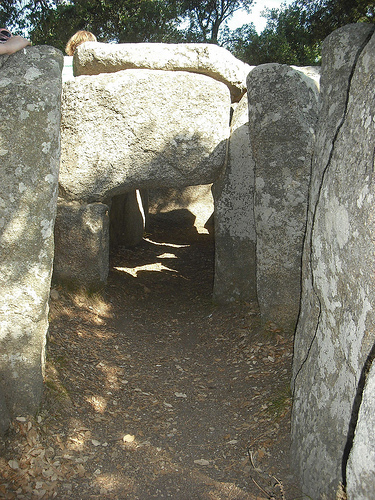
Interior of the dolmen Cova d'en Daina, Romanyà de la Selva, Costa Brava







